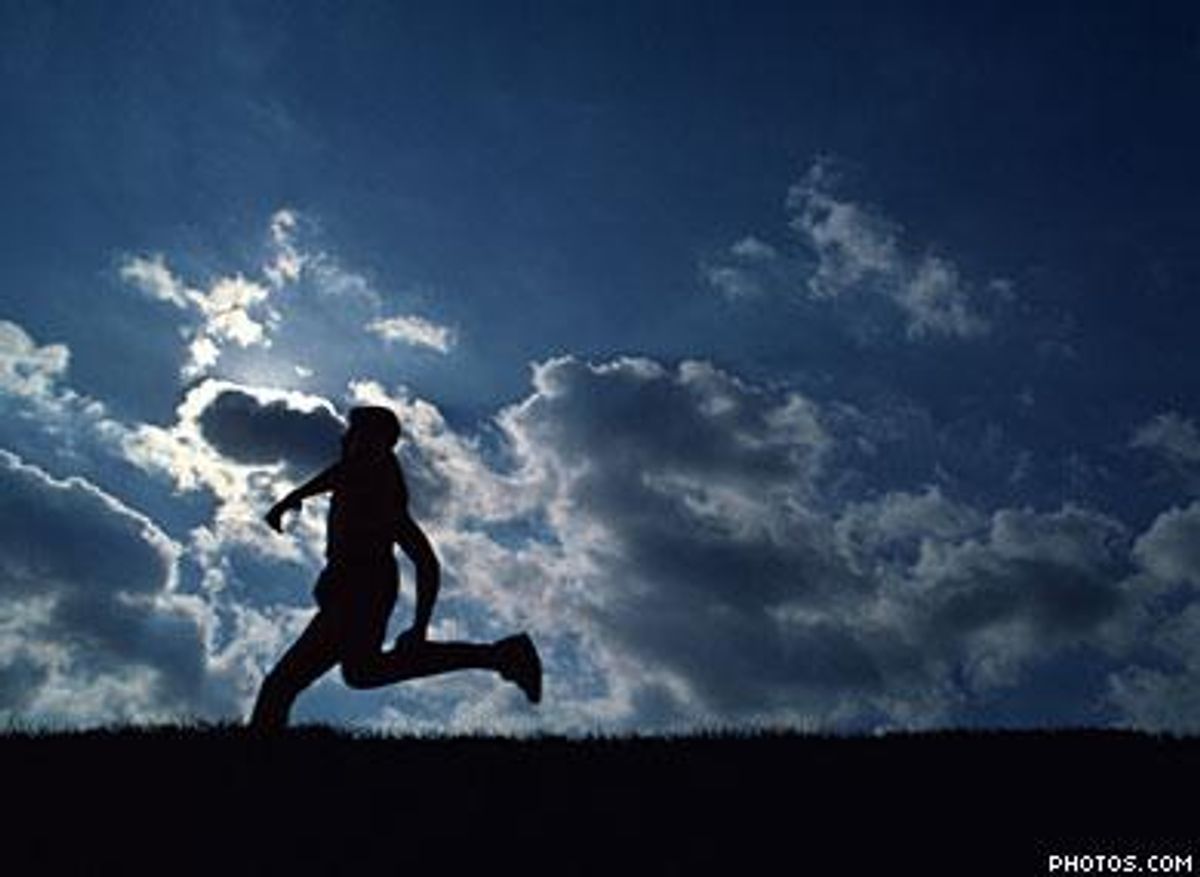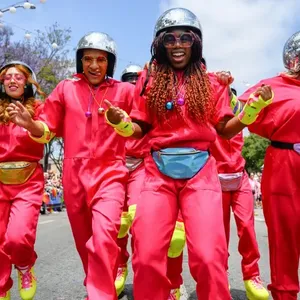All Rights reserved
By continuing to use our site, you agree to our Private Policy and Terms of Use.
I was recently diagnosed with peripheral neuropathy. I still have feeling in my fingers, but I've lost most of the feeling in my toes. Do you have any advice on ways I can manage this condition through exercise or supplementation?
--Lee, Cheyenne, Wyo.
Peripheral neuropathy causes pain (sometimes described as tingling or burning) and numbness in the hands and feet. While HIV is one cause of the condition, it's certainly not the only one. Diabetes and cancer treatments (such as radiation or chemotherapy) are also common causes. Sometimes the condition improves with treatment of the underlying cause; sometimes it doesn't.
Resistance training is a great way to improve overall muscle strength, especially for people with peripheral neuropathy, and there's research to prove it. In a 2006 study, subjects who did one-hour walks four times a week slowed down the worsening of their peripheral neuropathy.
Researchers at the University of Louisville showed that lower-body weight training (30 minutes three times a week) improved muscle strength and quality of life in patients doing such routine tasks as walking to the car.
You should avoid high-impact exercises (for example, running on a treadmill or jumping up and down) because they more often result in foot injuries. Seated resistance exercises are an excellent choice, as are swimming, rowing, and pretty much any upper-body exercise. If you don't have access to weight machines, you can try some other simple movements anywhere.
Hands Touch the pad of your thumb with the pad of the index finger of the same hand, moving the index finger down to the base of your thumb. Repeat this movement twice with the index, middle, ring, and little fingers in succession.
Legs and feet Extend your leg out until your knee is straight and you're pointing your toes along the same line made by your leg. Flex your ankle five times. Next, move your ankle in a clockwise circle-then counterclockwise-five times each.
Balance From a standing position, rise up slowly on your tiptoes and then go back onto your heels. The knees should be kept straight-but not locked.
Bottom line: Exercise may not actually reverse the condition, but it can most certainly help.
Want more breaking equality news & trending entertainment stories?
Check out our NEW 24/7 streaming service: the Advocate Channel!
Download the Advocate Channel App for your mobile phone and your favorite streaming device!
From our Sponsors
Most Popular
Here Are Our 2024 Election Predictions. Will They Come True?
17 Celebs Who Are Out & Proud of Their Trans & Nonbinary Kids
Here Are the 15 Most LGBTQ-Friendly Cities in the U.S.
Which State Is the Queerest? These Are the States With the Most LGBTQ+ People
These 27 Senate Hearing Room Gay Sex Jokes Are Truly Exquisite
10 Cheeky and Homoerotic Photos From Bob Mizer's Nude Films
42 Flaming Hot Photos From 2024's Australian Firefighters Calendar
These Are the 5 States With the Smallest Percentage of LGBTQ+ People
Here are the 15 gayest travel destinations in the world: report
Trending Stories & News
For more news and videos on advocatechannel.com, click here.


















































































